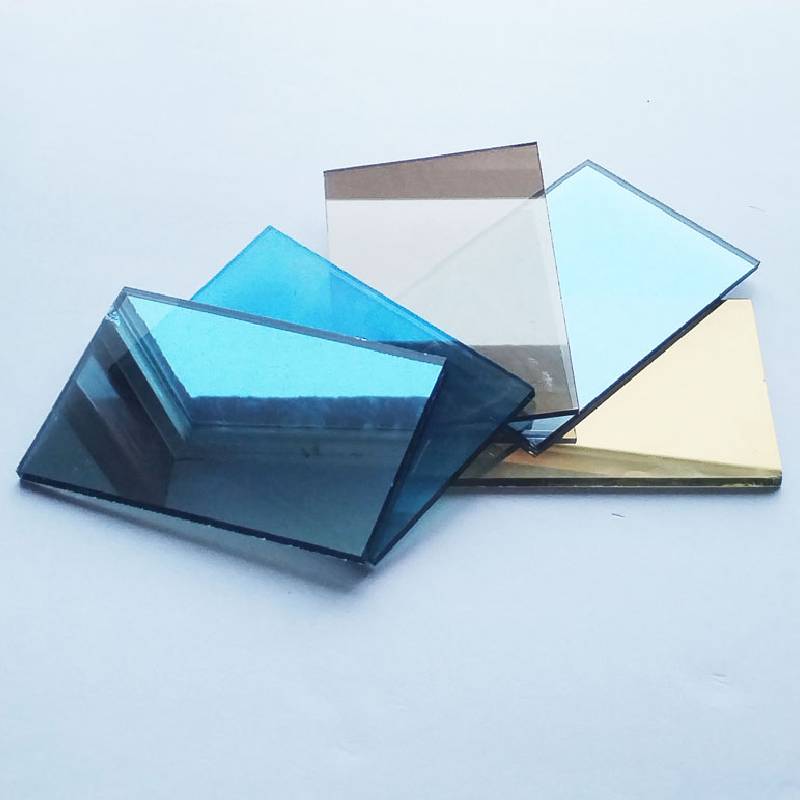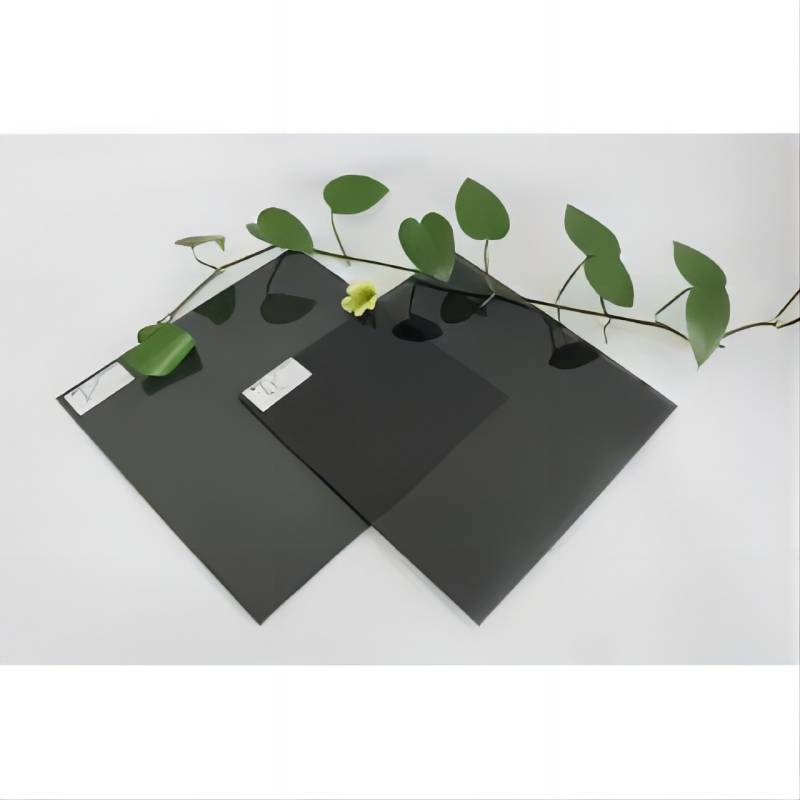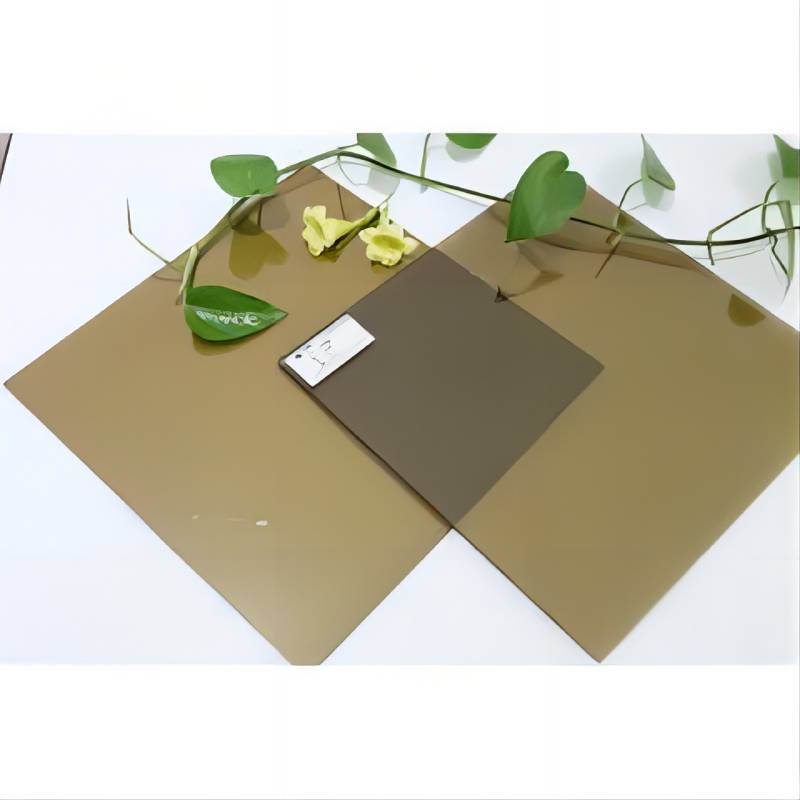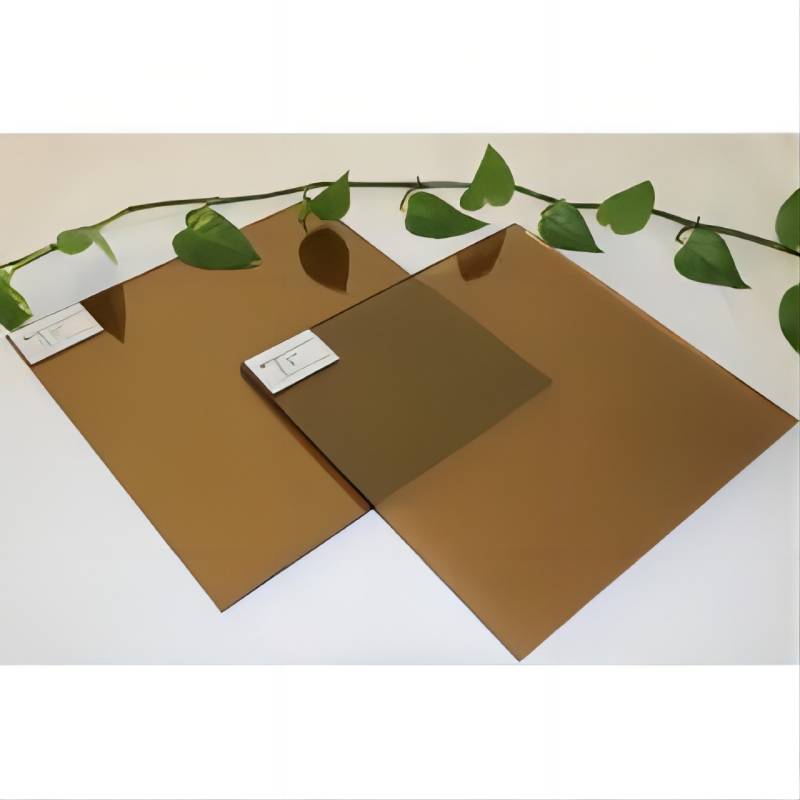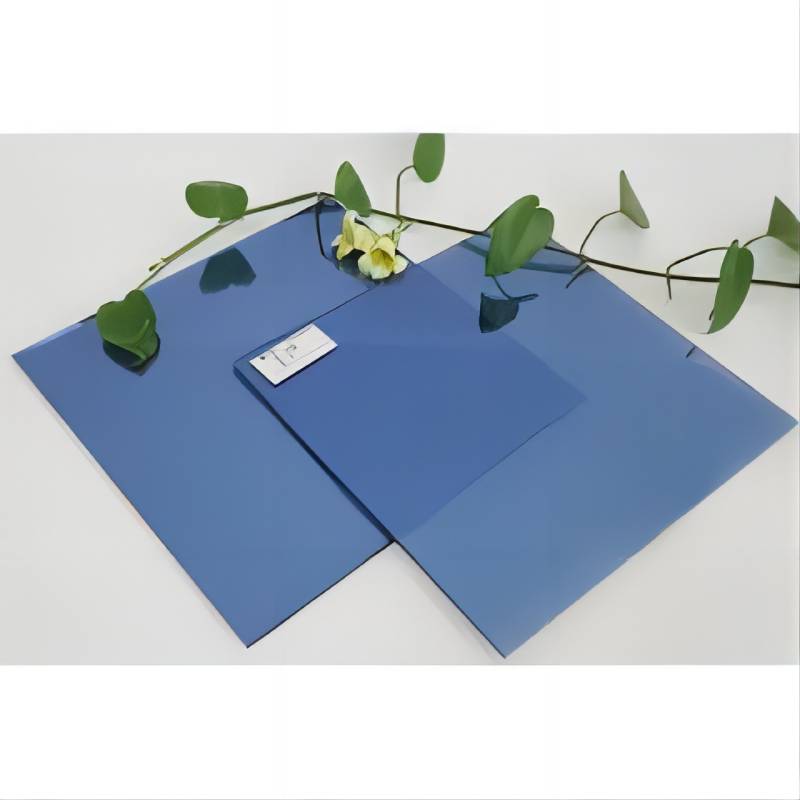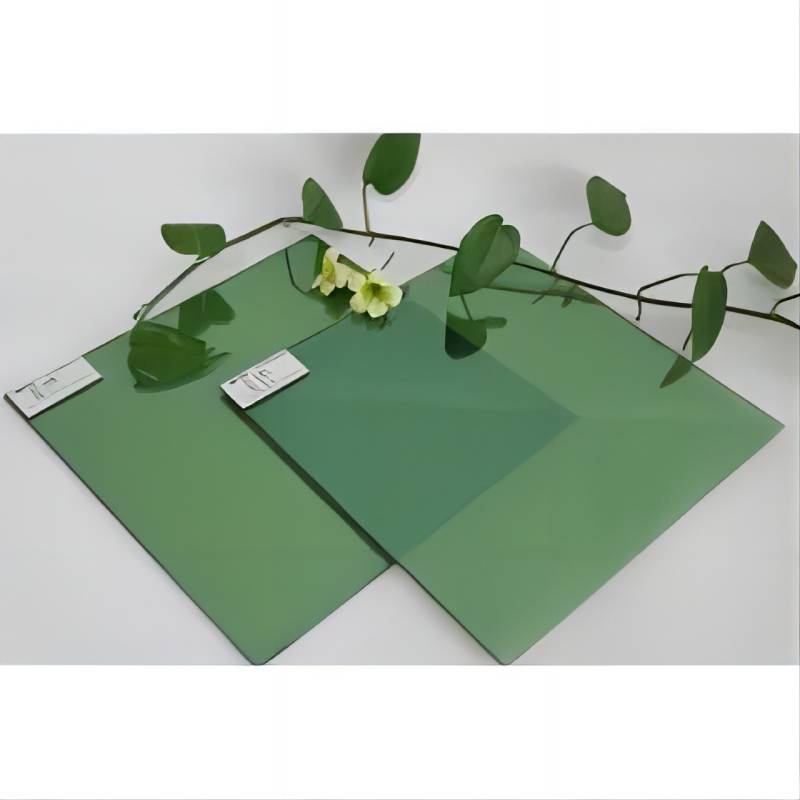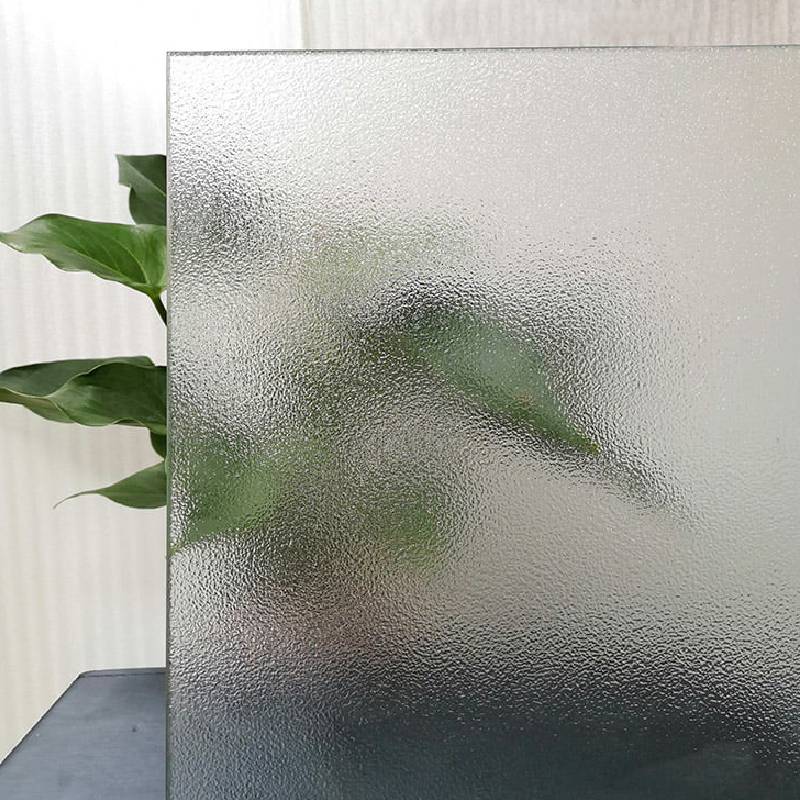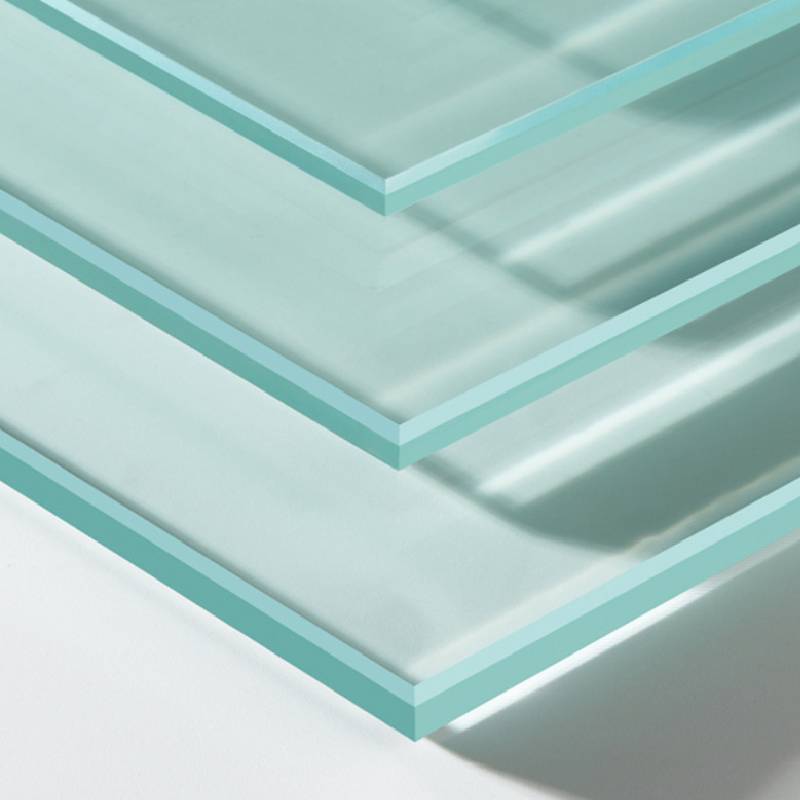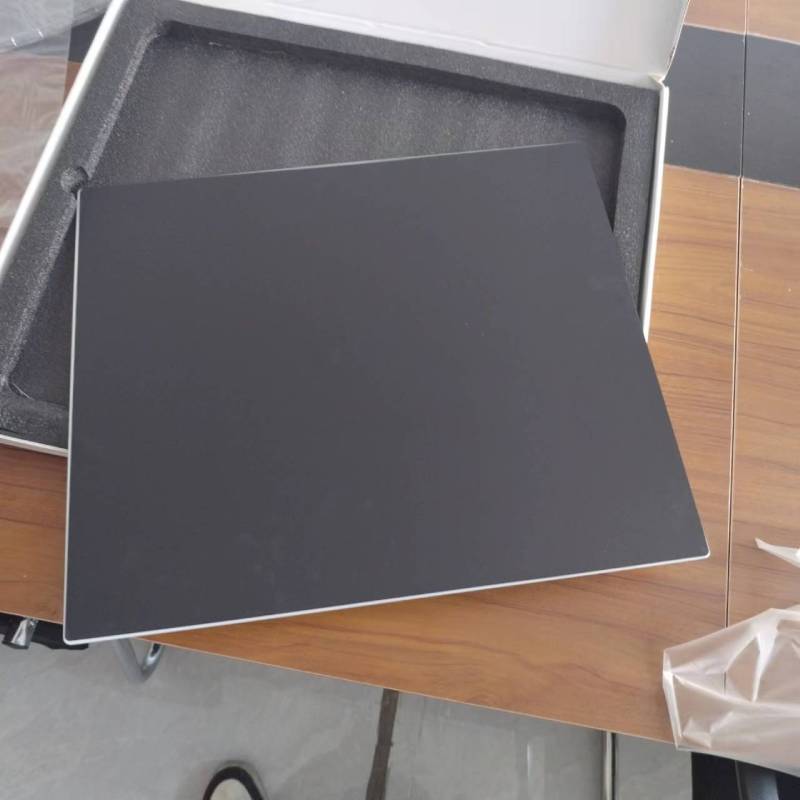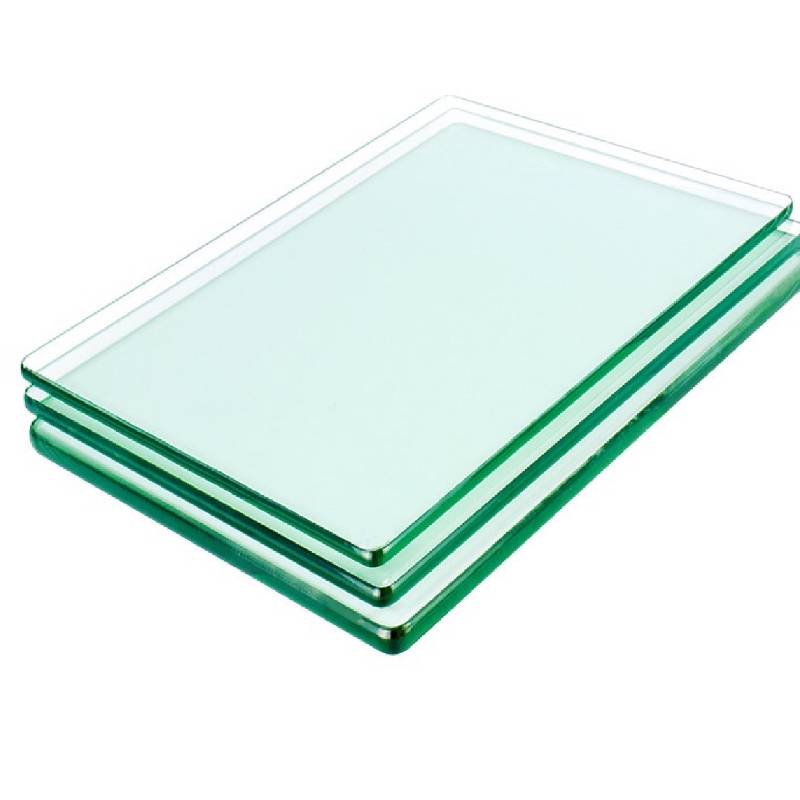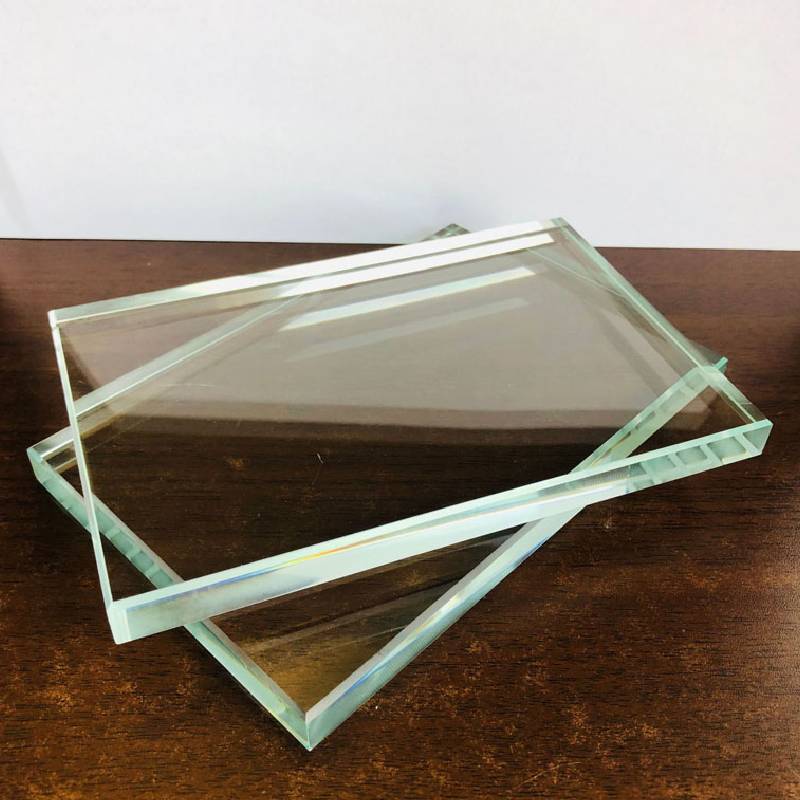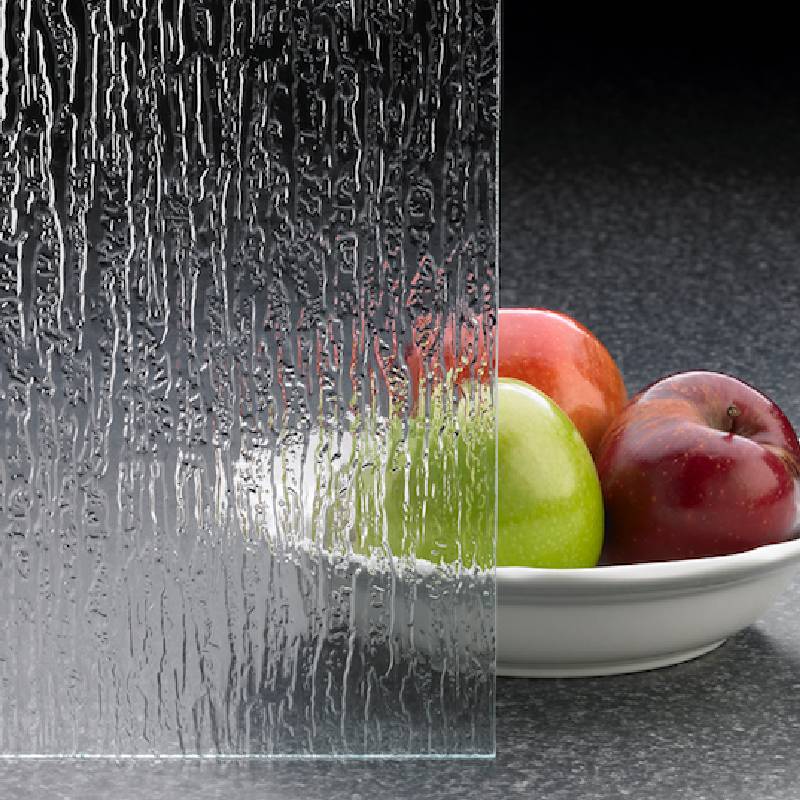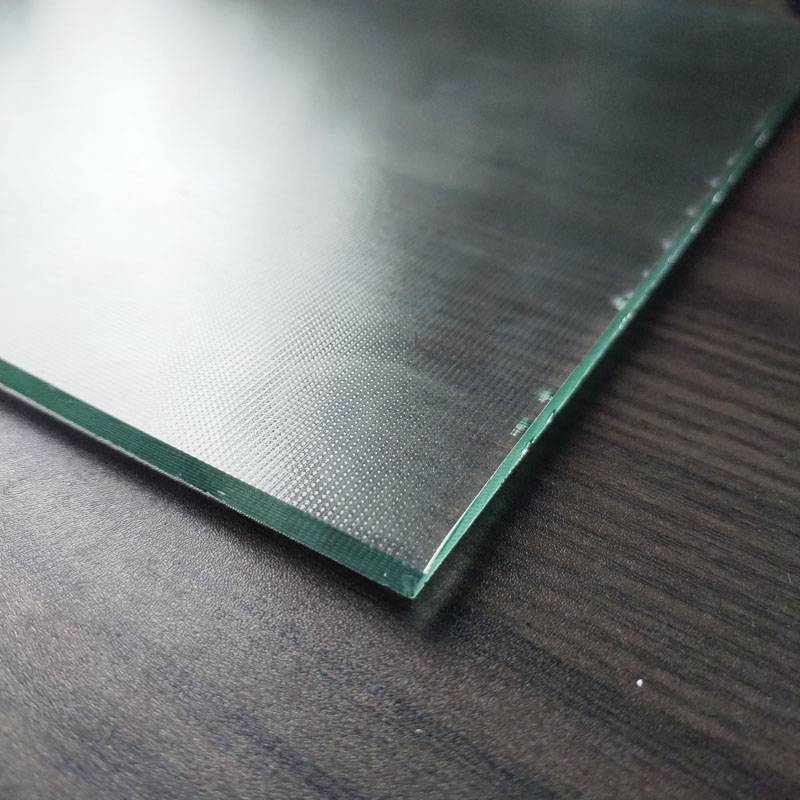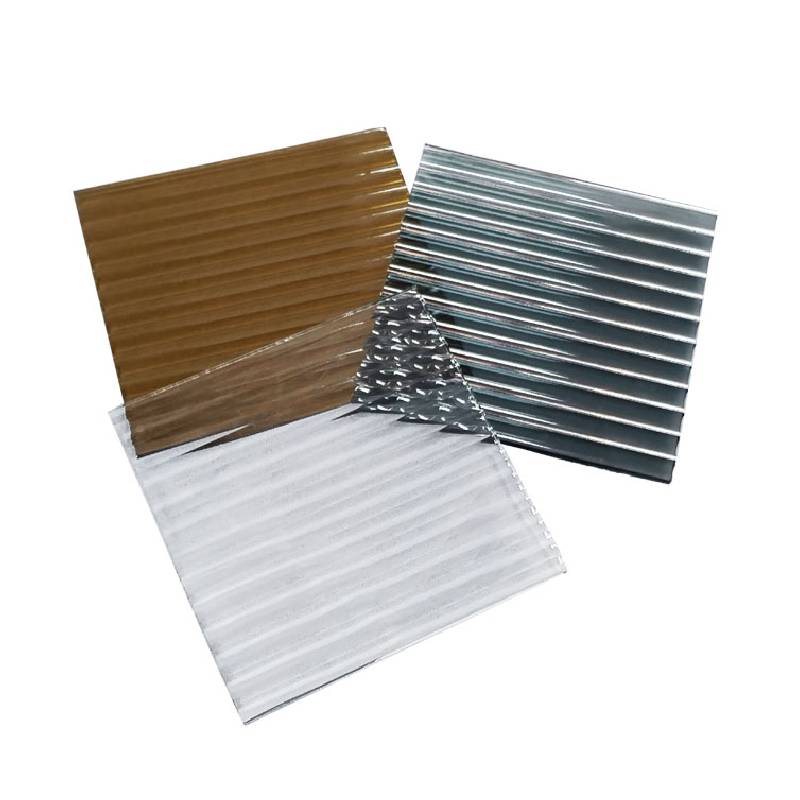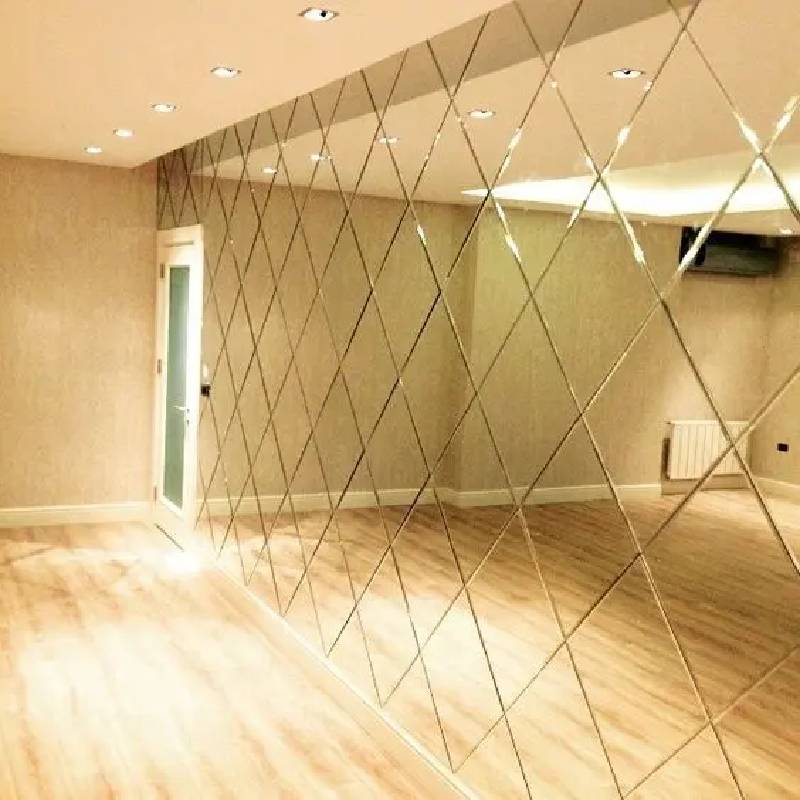Type: light blue reflective glass, dark blue reflective glass, light green reflective glass (French green reflective glass), dark green reflective glass (emerald green reflective glass), brown reflective glass, bronze reflective glass, European gray reflective glass, dark Gray reflective glass, black reflective glass, gold reflective glass, silver reflective glass,
Thickness: 4mm, 5mm, 6mm.
Size: 1830*2440, 2140*3300, 2140*3660, 2140*1650, 2250*3300, 2250*3660, 2440*3660.
Color reflective glass is manufactured through a process known as vacuum sputtering or magnetron sputtering. This method involves depositing metallic oxides onto the surface of clear or tinted glass in a vacuum chamber. By controlling the composition and thickness of these metallic coatings, manufacturers can achieve a wide range of colors and reflective properties.
During the sputtering process, the glass substrate is placed in a vacuum chamber along with targets made of the desired metal oxides, such as titanium, zinc, or silicon. High-voltage electrical currents are then applied to the targets, causing atoms to be ejected and deposited onto the glass surface. The thickness and composition of these coatings determine the color and reflective characteristics of the glass.
Several parameters play a crucial role in determining the performance and appearance of color reflective glass:
- Visible Light Transmission (VLT): VLT refers to the percentage of visible light that passes through the glass. Different applications may require varying levels of VLT to control glare and brightness indoors.
- Solar Reflectance: This parameter measures the ability of the glass to reflect solar radiation, helping to reduce heat gain and energy consumption in buildings.
-
- U-Value: The U-value indicates the rate of heat transfer through the glass. Low U-values signify better insulation properties, contributing to energy efficiency in buildings.
-
- Color Rendering Index (CRI): CRI measures the ability of a light source to accurately reveal the colors of objects compared to natural light. High CRI values are desirable for applications where color fidelity is important, such as museums or retail spaces.
-
Color reflective glass finds applications across various sectors, thanks to its aesthetic appeal and functional properties:
- Architectural Facades: Reflective glass facades add a contemporary touch to buildings while improving energy efficiency by reducing solar heat gain. The reflective surfaces also create dynamic visual effects, especially in urban landscapes.
- Interior Design: In interior spaces, color reflective glass can be used for partitions, doors, and decorative elements to enhance natural light distribution and create visually striking environments.
- Automotive Industry: Reflective glass coatings are utilized in automotive windows to improve visibility, reduce glare, and enhance the overall appearance of vehicles. Additionally, they help regulate interior temperatures, improving comfort for passengers.
- Electronics: Color reflective glass is integral to the production of display panels for electronic devices such as smartphones, tablets, and televisions. The reflective coatings enhance screen clarity and color vibrancy, providing an optimal viewing experience for users.
- Solar Panels: Some variants of color reflective glass are engineered for use in photovoltaic solar panels, where they serve as protective layers while also optimizing light absorption for electricity generation.
 Afirka
Afirka  Albaniya
Albaniya  Amharic
Amharic  Larabci
Larabci  Armenian
Armenian  Azerbaijan
Azerbaijan  Basque
Basque  Belarushiyanci
Belarushiyanci  Bengali
Bengali  Bosniya
Bosniya  Bulgarian
Bulgarian  Catalan
Catalan  Cebuano
Cebuano  Corsican
Corsican  Croatian
Croatian  Czech
Czech  Danish
Danish  Yaren mutanen Holland
Yaren mutanen Holland  Turanci
Turanci  Esperanto
Esperanto  Estoniya
Estoniya  Finnish
Finnish  Faransanci
Faransanci  Farisa
Farisa  Galiciyan
Galiciyan  Jojin
Jojin  Jamusanci
Jamusanci  Girkanci
Girkanci  Gujarati
Gujarati  Haitian Creole
Haitian Creole  hausa
hausa  hawayi
hawayi  Ibrananci
Ibrananci  A'a
A'a  Miya
Miya  Harshen Hungary
Harshen Hungary  Icelandic
Icelandic  igbo
igbo  Indonesiya
Indonesiya  Irish
Irish  Italiyanci
Italiyanci  Jafananci
Jafananci  Yawanci
Yawanci  Kannada
Kannada  kazakh
kazakh  Khmer
Khmer  Ruwanda
Ruwanda  Yaren Koriya
Yaren Koriya  Kurdish
Kurdish  Kyrgyzstan
Kyrgyzstan  TB
TB  Latin
Latin  Latvia
Latvia  Lithuaniyanci
Lithuaniyanci  Luxembourg
Luxembourg  Makidoniya
Makidoniya  Malgashi
Malgashi  Malay
Malay  Malayalam
Malayalam  Maltase
Maltase  Maori
Maori  Marathi
Marathi  Mongolian
Mongolian  Myanmar
Myanmar  Nepali
Nepali  Yaren mutanen Norway
Yaren mutanen Norway  Yaren mutanen Norway
Yaren mutanen Norway  Occitan
Occitan  Pashto
Pashto  Farisa
Farisa  Yaren mutanen Poland
Yaren mutanen Poland  Fotigal
Fotigal  Punjabi
Punjabi  Romanian
Romanian  Rashanci
Rashanci  Samoan
Samoan  Scottish Gaelic
Scottish Gaelic  Serbian
Serbian  Turanci
Turanci  Shona
Shona  Sindhi
Sindhi  Sinhala
Sinhala  Slovak
Slovak  Sloveniya
Sloveniya  Somaliya
Somaliya  Mutanen Espanya
Mutanen Espanya  Sundanci
Sundanci  Harshen Swahili
Harshen Swahili  Yaren mutanen Sweden
Yaren mutanen Sweden  Tagalog
Tagalog  Tajik
Tajik  Tamil
Tamil  Tatar
Tatar  Telugu
Telugu  Thai
Thai  Baturke
Baturke  Turkmen
Turkmen  Ukrainian
Ukrainian  Urdu
Urdu  Uighur
Uighur  Uzbek
Uzbek  Vietnamese
Vietnamese  Welsh
Welsh  Taimako
Taimako  Yadish
Yadish  Yarbawa
Yarbawa  Zulu
Zulu 

